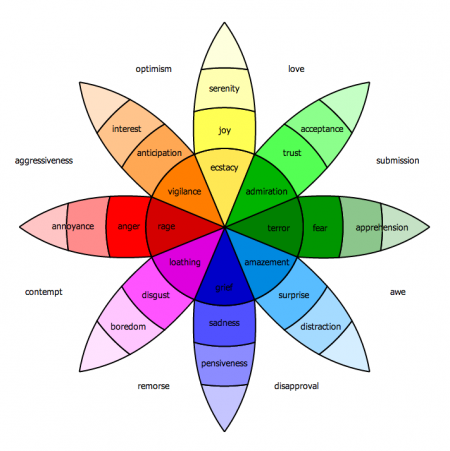21 days: Is that really how long it takes to break a habit?
Posted by staff / May 7, 2013 neuropeptideneuropeptides

The author of an article at Slate has taken a look at this complex question and come up with an answer to the question, does it really take 21 days to break a habit?
Brian Roemmele, researcher writes:
Yes and no. The determining factors arise from the root emotion and neuropeptide connection the behavior has. It may take far longer if certain conditions are not met.
He examines work done by Robert Plutchik, professor emeritus, Albert Einstein College of Medicine and adjunct professor at the University of South Florida and by Candace Pert, Ph.D. in pharmacology from Johns Hopkins University School of Medicine, Bryn Mawr College, researcher at the National Institute of Mental Health and discovered the opiate receptor. Each has produced research on opposite sides of the issue of this part of human behaviour.
Roemmele breaks the core mechanism down like this:
The Human Experience, Built On Emotions
Every single human action is tied to neuropeptides that are released by the brain and sent through the bloodstream to receptors on every cell in your body to re-enforce an emotional state and therefore the human behavior with an expected outcome (from prior experiences) which then re-enforces the behavior. All behaviors/habits are generally tied to these neuropeptides and the resulting emotions they produce. This is the neuropeptide cycle and is a phenomenal system when the behavior is objectively judged as being beneficial. It is the bane of existence when the neuropeptide cycle is not judged as being beneficial.There are a number of ways to understand and therefore emphasize or deemphasize a behavior or habit. It is also very important to note that it may be quite difficult to assess if a particular behavior/habit is ultimately serving ones best interests or not. There may be quite a bit of complexity in the evaluation just to arrive at this judgement (eg: I read a lot of books, bad habit? Perhaps, if it removes me from other things that may be important like sleep, eating, meaningful relationships, etc.)
Plutchik’s work in a nutshell:
He postulates that there are eight primary emotions: anger, fear, sadness, disgust, surprise, anticipation, trust, and joy. These are the basic emotions that are biologically primitive and have evolved in order to increase the reproductive fitness of the animal. Plutchik empirically suggests these emotions to be the trigger of behaviors with high survival value, such as the way fear inspires the fight-or-flight response.
Plutchik first proposed his revolutionary cone-shaped model (rendered in three dimensions) and the wheel model (rendered in two dimensions) in 1980 to describe how emotions were related. He suggested eight primary bipolar emotions. This circumplex model creates clear connections between the concept of an emotion circle and a color wheel. Like primary colors, primary emotions can be expressed at different intensities and can mix with one another to form different emotions.
And Pert’s:
Pert postulates that emotional addictions are similar to an addiction to a drug, like heroin. A chemical addiction develops when the drug sub-sensitizes the receptor cells in the body. This makes the body crave more of the drug in order to achieve a high. In this case, the “drug” is a self produced Brain neuropeptide that is ordered up by the opiate receptors in your body to reenforce a particular emotion.
Thoughts and emotions produce the same neuropeptides, e.g.: Chronic negative thinking (however one concludes this definition) would cause the cells of the body to eventually become desensitized to smaller quantities of the neuropeptides which will require larger amounts of the neuropeptides to be released to the cells and in some cases, more opiate receptors are created on the cell structure to accommodate the higher amounts of neuropeptides. Thus one can be brought into a vicious cycle that can only be satisfied by, in this behavioral example, a subsequent negative thought complex and outlook if the neuropeptide payoffs becomes large enough.
The upshot is, habits and behaviours produce emotional responses and the greater the feedback felt by us humanoids, the greater the desire to seek that payoff – and it doesn’t necessarily have to be a “positive” result. Also, there has to be a desire for change. The key seems to rest with diminishing the feedback loops created, and thus diminishing the desires to fulfill them. The question remains, how long does this reduction in drive, take?
For more on this complicated and yet fascinating question, please see: Slate.
Photo credit: Plutchik: Emotions – WikiCommons
[…] 21 days: is that really how long it takes to break a habit? (holykaw.alltop.com) […]
[…] 21 days: is that really how long it takes to break a habit? (holykaw.alltop.com) […]